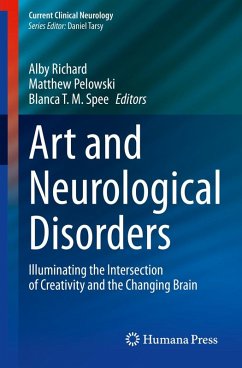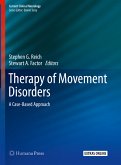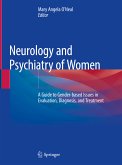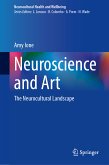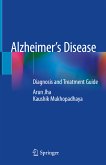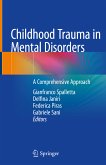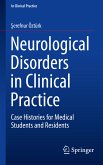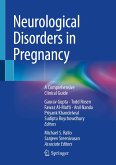There is significant academic interest in the field of art and neurological disorders. Considering how artistic expression may be modified by alterations in neural circuits, as well as in our bodies and everyday lives, associated with a range of disorders and diseases is a rich territory from which to understand the workings of our brains, the unique blend of factors leading to human art making, and disease itself. This book will be an exposé of how different neurological disorders may influence and/or relate to the artistic process, with a particular focus on visual art and painting. The book will interrogate the question of different aspects of neurological disorders and associated brain changes that may impact artistic expression (and vice versa) and will include devoted chapters on Parkinson's disease, Epilepsy, Mood Disorders, Autism, and Schizophrenia. Moreover, we will elaborate on the question from the perspective of the artist themselves, with chapters that highlight the artistic process in the context of lived experience (either directly or indirectly) with disease-mediated brain changes. Finally, engagement in creative acts has been linked to therapeutic benefits in multiple disease processes and neuroplasticity, which is another line of inquiry directly addressed in the book. As a whole, the volume focuses on themes and concepts at the boundary of creativity and neuroscience in such a way as to be relevant to both the medical and broader (artistic) community.
Dieser Download kann aus rechtlichen Gründen nur mit Rechnungsadresse in A, B, BG, CY, CZ, D, DK, EW, E, FIN, F, GR, HR, H, IRL, I, LT, L, LR, M, NL, PL, P, R, S, SLO, SK ausgeliefert werden.

